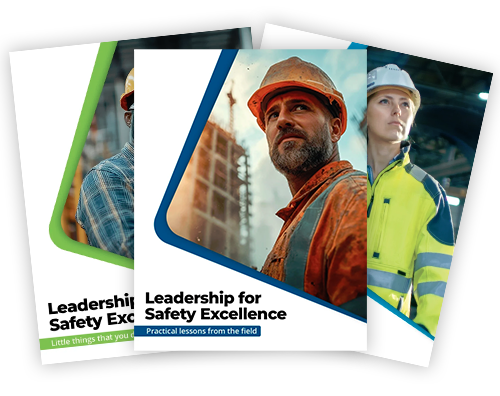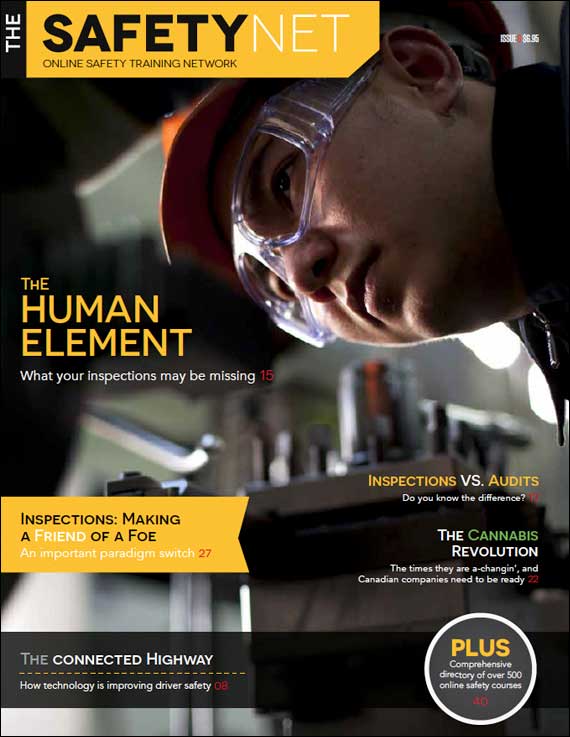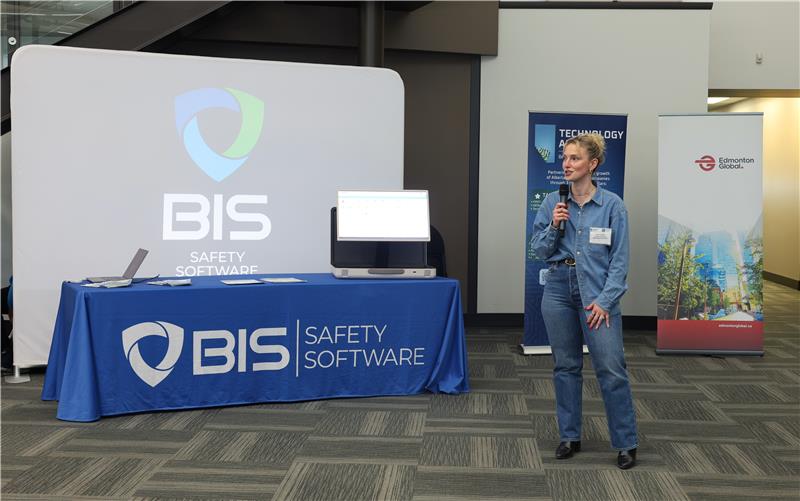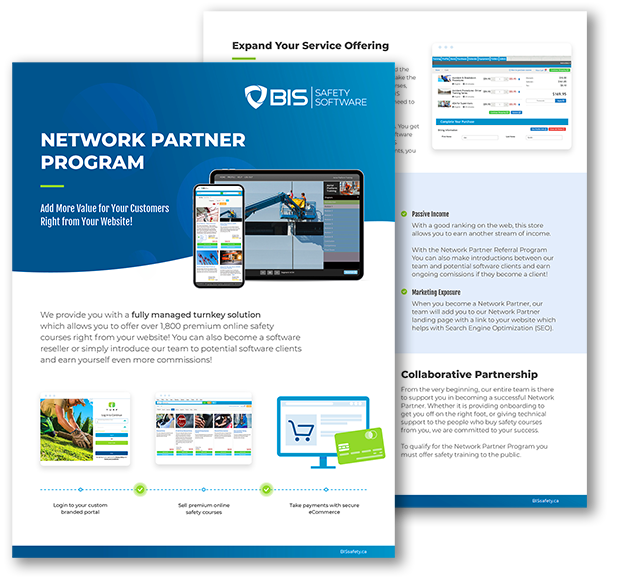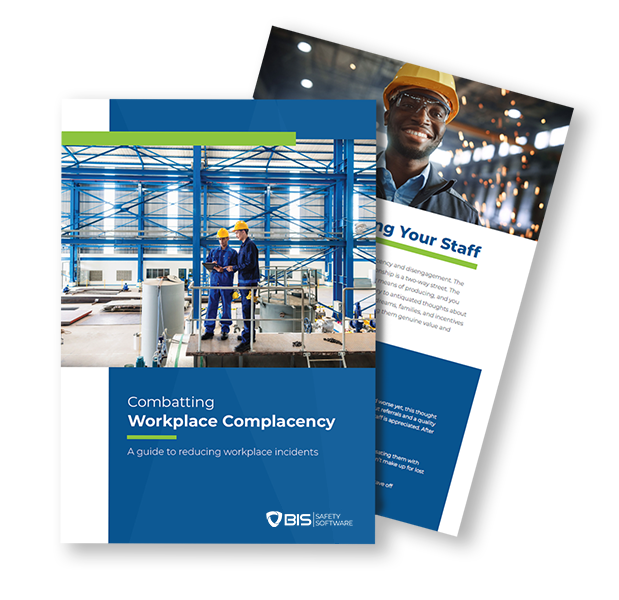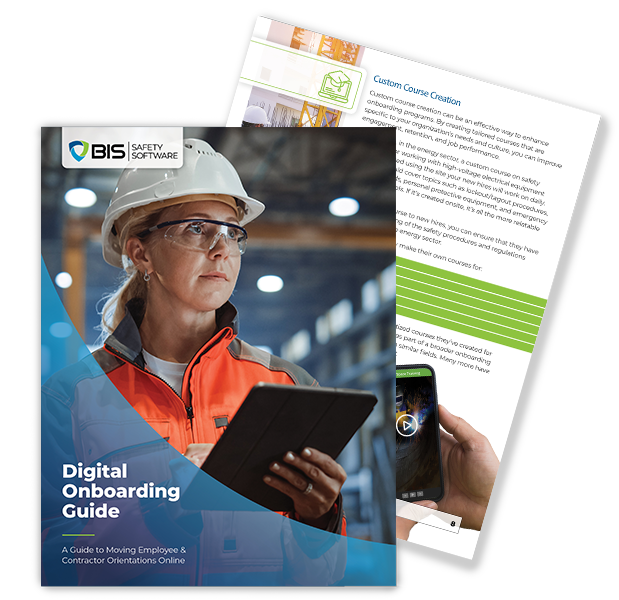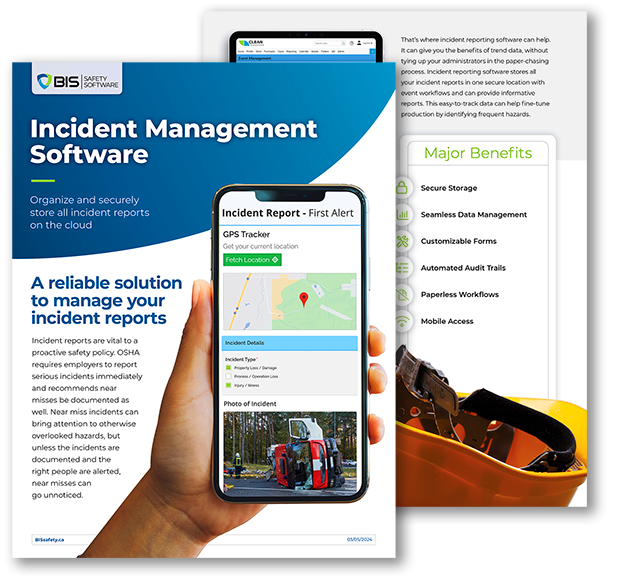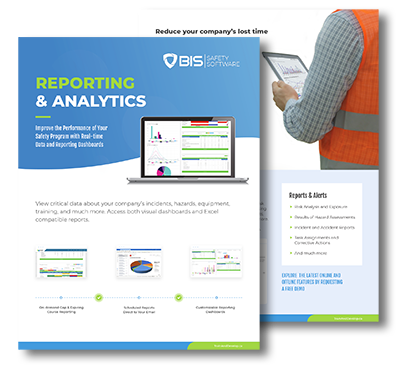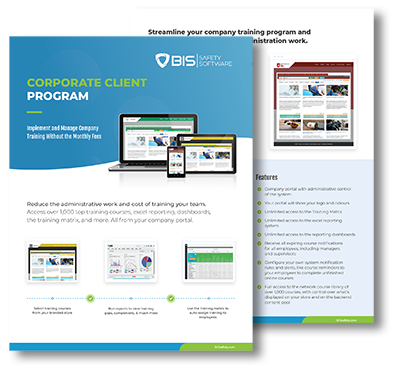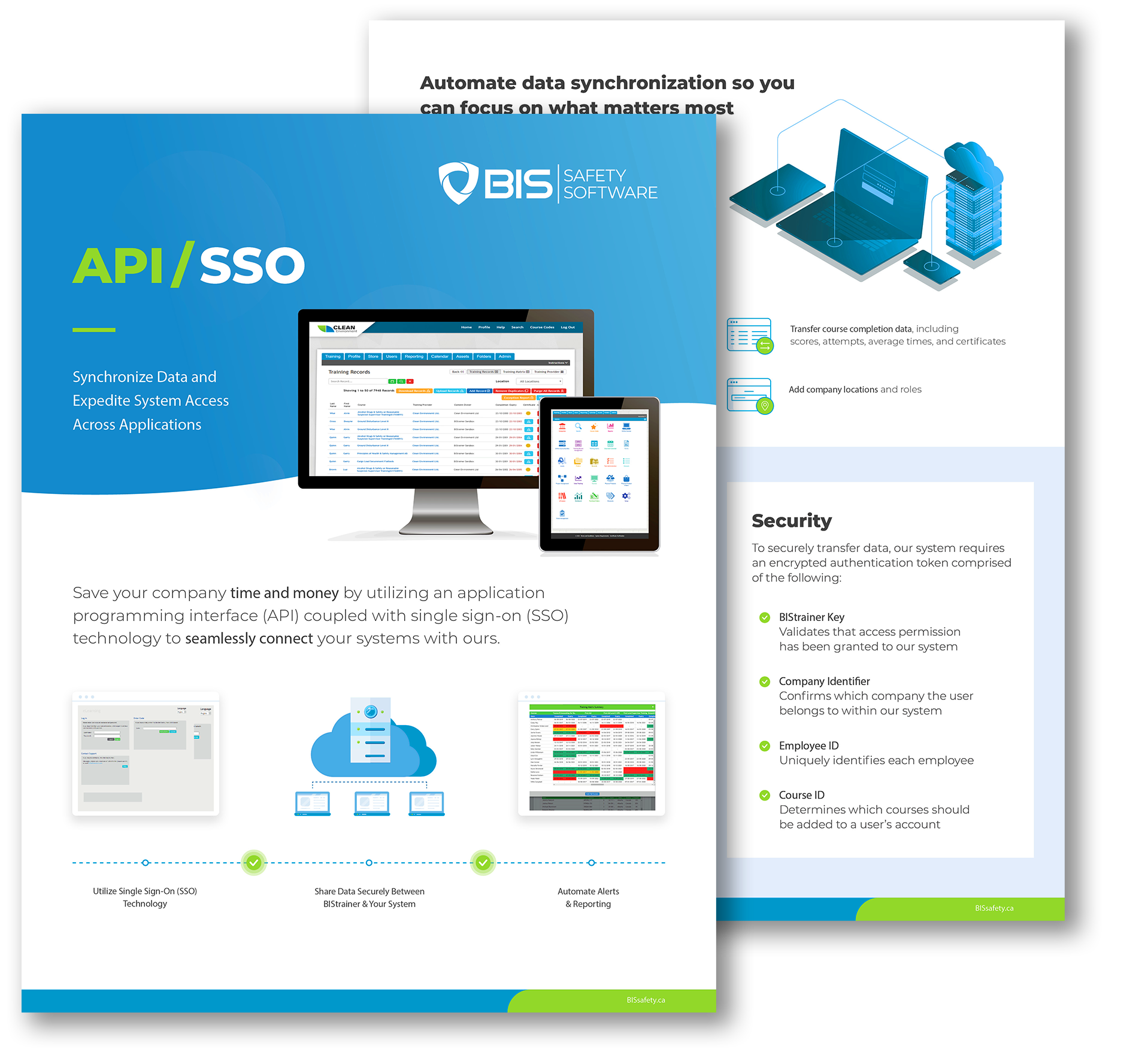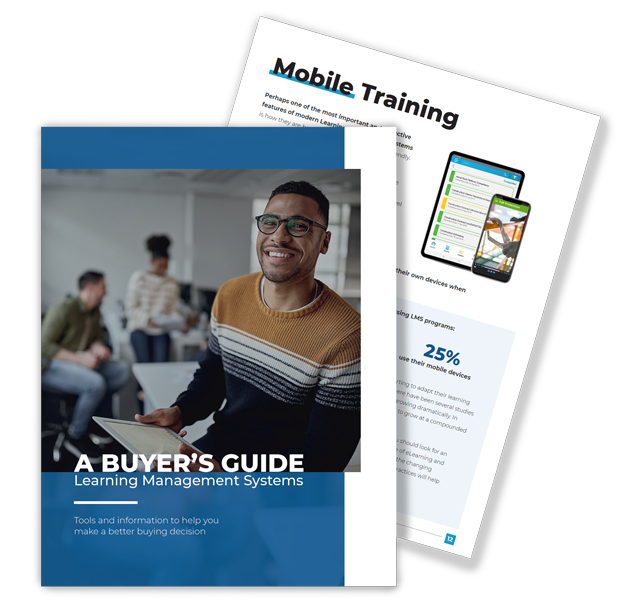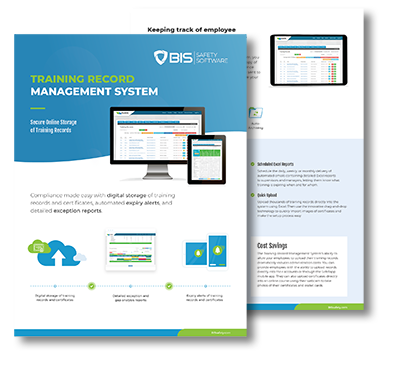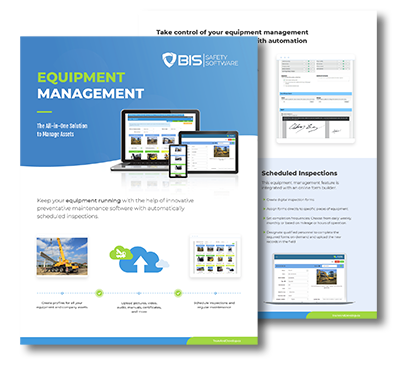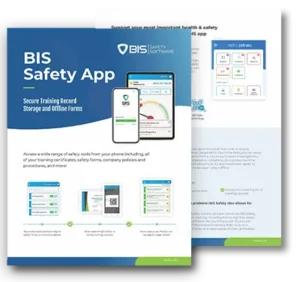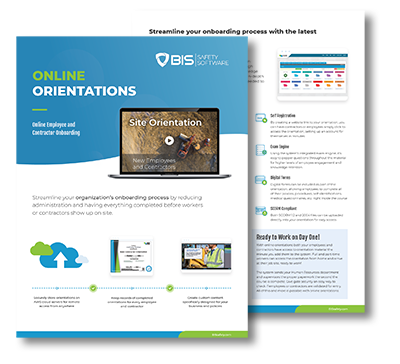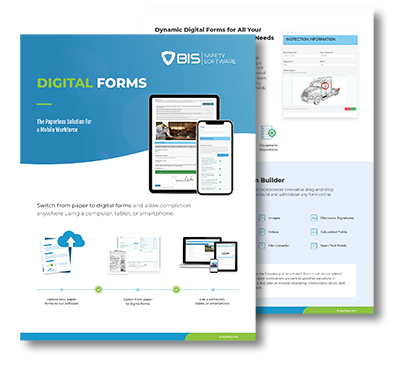You Can’t Fix What You Don’t Track
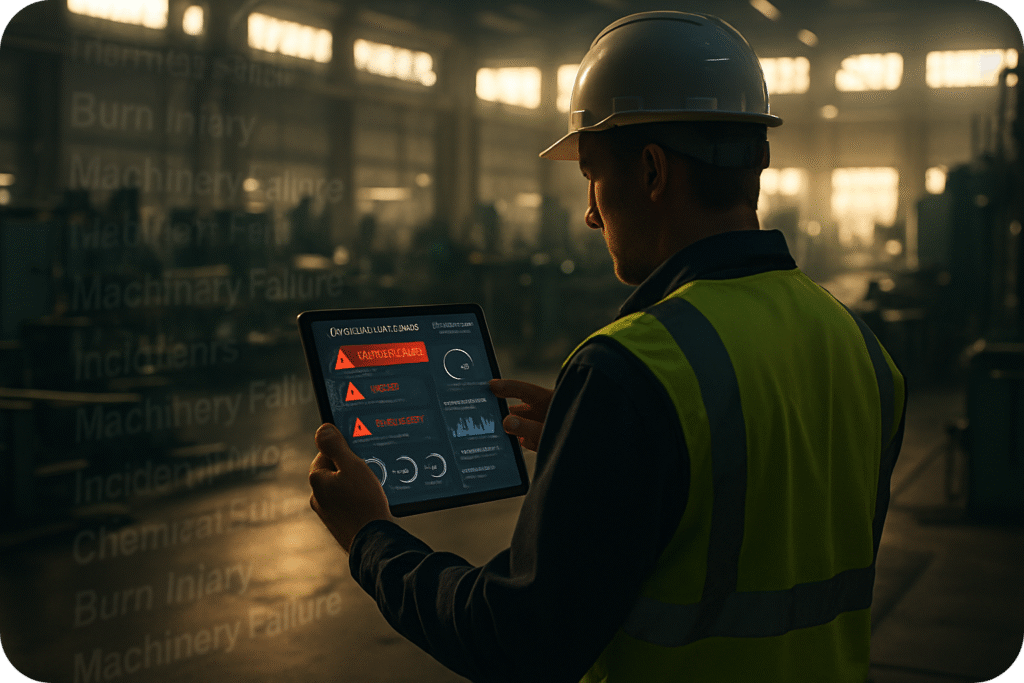
A modern incident management system captures every event, speeds investigations, ensures compliance, and drives lasting safety improvements.
Stopping Work Isn’t Slowing Down, It’s Stepping Up
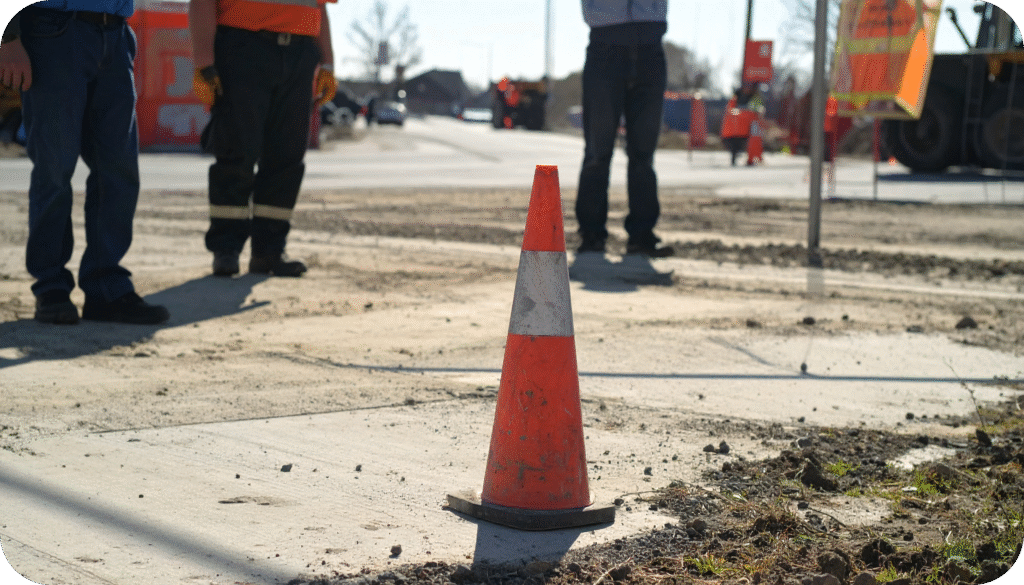
Stopping work when a hazard is identified isn’t about slowing progress, it’s about saving lives. Learn how real-time hazard identification, empowered crews, and digital reporting tools can create a safety-first culture that protects everyone on-site.
Why the Right Features Make All the Difference

Discover the top 10 must-have features in hazard identification software that help safety teams report hazards faster, analyze trends, and take action before risks escalate.
From Clipboard to Touchscreen: The Evolution of Toolbox Talks

Delivering toolbox talks via tablets ensures consistent safety messaging, boosts engagement with visuals, and streamlines tracking for full compliance.
Why Safety Leaders Are Making the Move to Digital FLHAs

Digital FLHAs speed up hazard assessments, improve accuracy, and give safety teams real-time data to boost compliance, engagement, and field safety.
Why the Future of Site Access Is Digital

Digital ID badges are transforming site access by replacing outdated paper sign-ins with fast, secure, and compliance-ready solutions. From real-time training verification to emergency response visibility, they bring safety and efficiency together, right at the gate.
Paper FLHAs Are Holding You Back

Making the switch to digital FLHAs is easier than you think. With the right tools and a step-by-step approach, your safety process can be faster and more effective.
Why Real-Time Hazard Reporting Matters

Real-time hazard reporting helps your team act fast, log risks accurately, and drive a proactive safety culture that prevents incidents before they happen.
Working Safely in Bear Country

Bear encounters are a real risk in Canada’s wilderness industries. Learn how to recognize signs, prevent encounters, and respond with confidence.
The Best Way to Reduce Training Costs: Online Orientation Software

Looking to cut training expenses? Learn how Canadian organizations are using online orientation software to streamline onboarding, save money, and boost employee performance.



